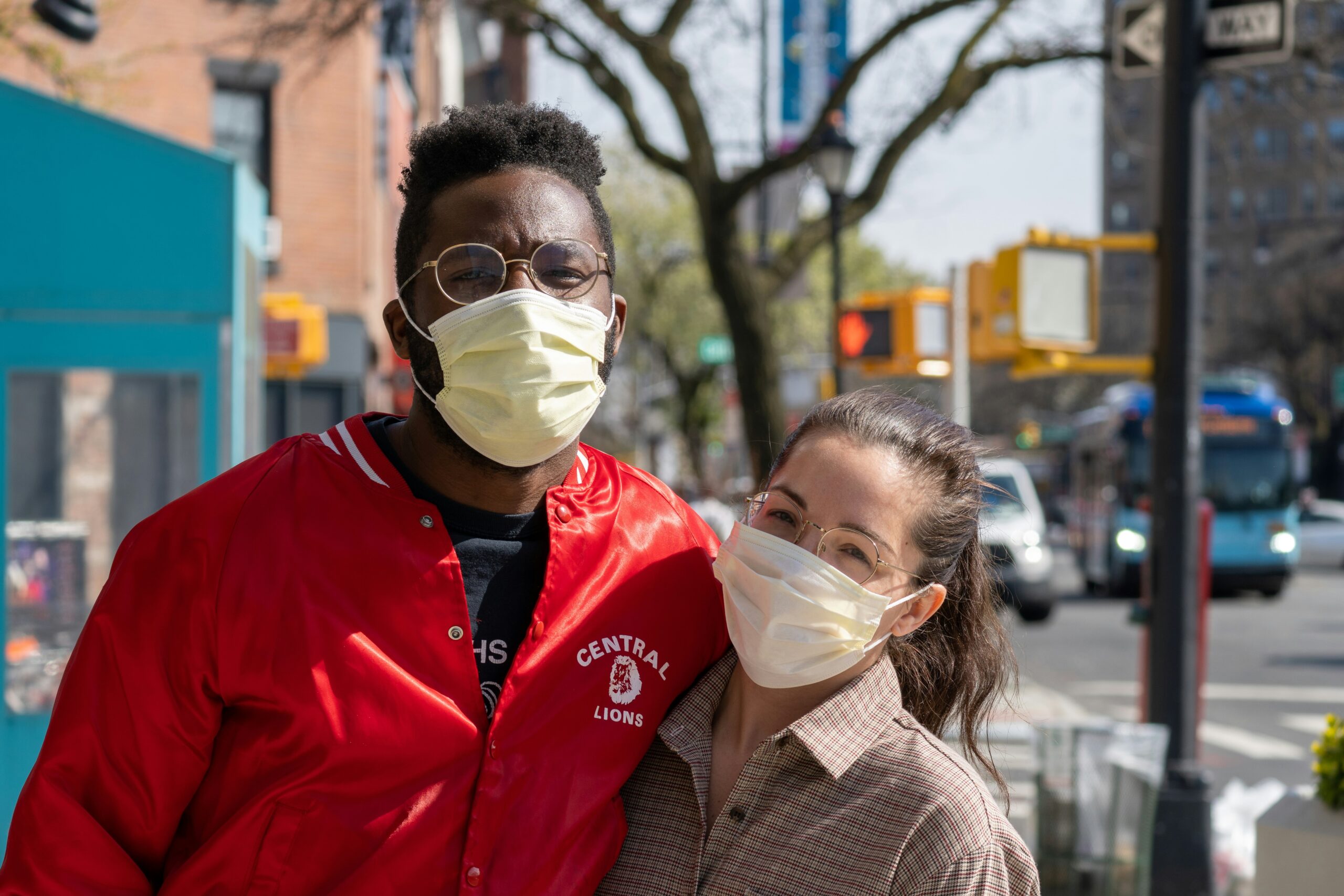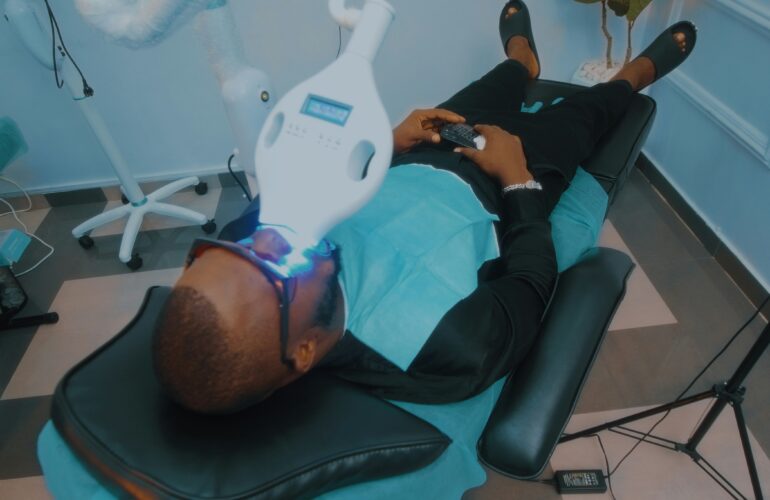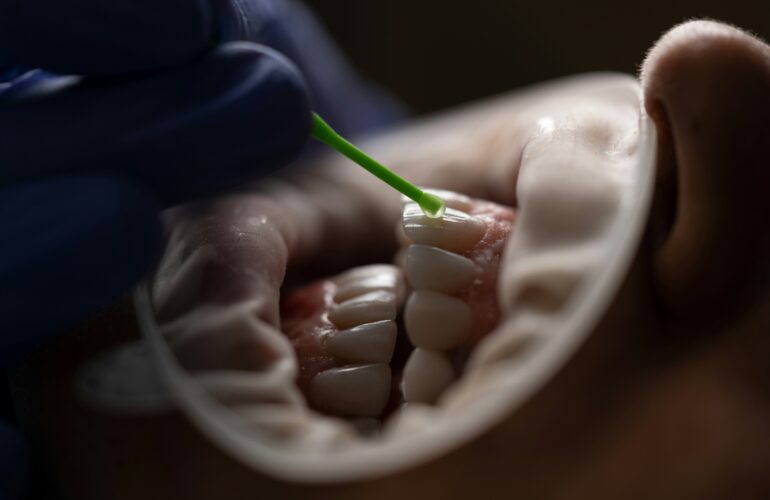The COVID-19 pandemic has brought unprecedented challenges across all sectors, including the dental industry. Dental practices faced significant disruptions, adapting to new safety protocols and navigating financial uncertainties. This blog explores the multifaceted impact of COVID-19 on dental practices, highlighting the changes, challenges, and adaptations that have shaped the industry.
Immediate Impact of COVID-19 on Dental Practices
When the pandemic first emerged, dental practices worldwide experienced immediate and severe disruptions. Many practices were forced to close temporarily, limiting services to emergency care only. This abrupt halt led to:
- Financial Strain: With the cessation of regular dental services, practices faced significant revenue losses. Many small and private practices struggled to stay afloat, relying on emergency cases and tele-dentistry consultations to generate income.
- Patient Backlog: The closure of practices resulted in a backlog of routine and elective dental procedures. Patients had to postpone regular check-ups, cleanings, and elective treatments, which led to a buildup of dental issues requiring attention once practices reopened.
Changes seen during COVID-19 on Dental Practices
1. Adapting to New Safety Protocols during COVID-19
First & foremost, the most evident impact that was observed ss dental practices began to reopen, was the implementation of stringent safety protocols. This was to protect both patients and staff from COVID-19 transmission. These included:
- Enhanced Personal Protective Equipment (PPE): Dentists and staff adopted higher levels of PPE, including N95 masks, face shields, gowns, and gloves, to mitigate the risk of infection.
- Infection Control Measures: Practices enhanced their infection control measures, including frequent sanitization of surfaces, use of high-efficiency particulate air (HEPA) filters, and reducing aerosol-generating procedures.
- Patient Screening and Social Distancing: Pre-appointment screening questionnaires, temperature checks, and socially distanced waiting areas became standard practice. Appointment scheduling was also adjusted to reduce patient overlap and allow time for thorough cleaning between visits.
2. Rise of Tele-Dentistry
Second major impact was the accelerated the adoption of tele-dentistry. This allowed the dental professionals to provide consultations and follow-up care remotely. Tele-dentistry offered several benefits during the pandemic:
- Continuity of Care: Tele-dentistry enabled dentists to maintain continuity of care, offering consultations, triaging emergencies, and providing guidance on home care to manage dental issues until in-person visits were possible.
- Increased Accessibility: Patients who were unable or unwilling to visit dental offices in person due to COVID-19 concerns could still access dental care, ensuring their dental needs were addressed.
- Future Integration: The success of tele-dentistry during the pandemic has paved the way for its continued use, offering a convenient option for routine consultations and follow-ups post-pandemic.
3. Financial and Operational Adjustments
Third was significant operational adjustments to cope with the financial impact of the pandemic. These included:
- Cost Management: Practices implemented cost-saving measures, such as reducing staff hours, negotiating with suppliers, and applying for government relief programs to manage financial strain.
- Practice Management Software: Adoption of advanced practice management software helped streamline operations, manage patient appointments, and improve communication with patients.
- Focus on Patient Communication: Effective communication became crucial in reassuring patients about safety measures and the importance of continuing their dental care. Practices utilized various communication channels, including emails, social media, and phone calls, to stay connected with patients.
Long-Term Implications
Finally, there are other long-term implications of COVID-19 on dental practices which include:
- Enhanced Infection Control: The heightened focus on infection control and patient safety is likely to persist, leading to lasting improvements in dental practice hygiene standards.
- Increased Use of Technology: The integration of tele-dentistry and advanced practice management systems will continue to shape the future of dental care, offering more efficient and patient-centered services.
- Resilient Business Models: Dental practices have learned to adapt quickly and efficiently to disruptions, fostering resilience and flexibility in their business models to withstand future challenges.
Hence, it can be seen that the COVID-19 pandemic has had a profound and multifaceted impact on dental practices. From financial challenges and practice closures to the rise of tele-dentistry and enhanced infection control measures, the dental industry has undergone significant transformation. These changes have not only helped dental practices navigate the pandemic but have also set the stage for a more resilient and innovative future in dental care.




